Fabio Gonzalez
Positive and Risky Message Assessment for Music Products
Sep 18, 2023Abstract:In this work, we propose a novel research problem: assessing positive and risky messages from music products. We first establish a benchmark for multi-angle multi-level music content assessment and then present an effective multi-task prediction model with ordinality-enforcement to solve this problem. Our result shows the proposed method not only significantly outperforms strong task-specific counterparts but can concurrently evaluate multiple aspects.
InQMAD: Incremental Quantum Measurement Anomaly Detection
Oct 11, 2022
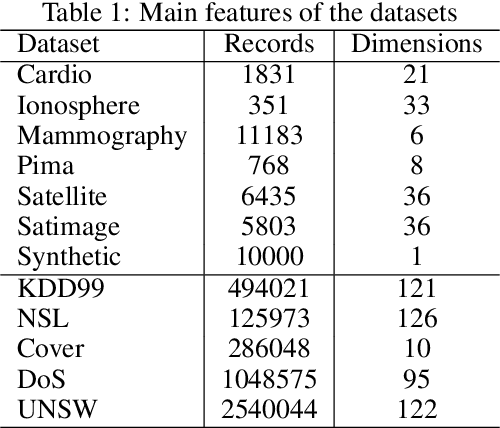
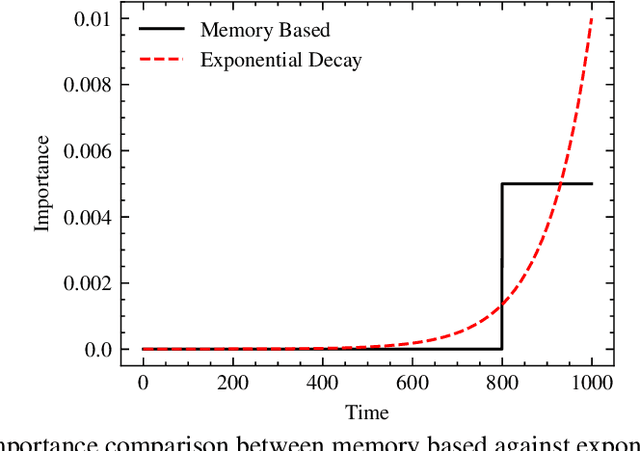

Abstract:Streaming anomaly detection refers to the problem of detecting anomalous data samples in streams of data. This problem poses challenges that classical and deep anomaly detection methods are not designed to cope with, such as conceptual drift and continuous learning. State-of-the-art flow anomaly detection methods rely on fixed memory using hash functions or nearest neighbors that may not be able to constrain high-frequency values as in a moving average or remove seamless outliers and cannot be trained in an end-to-end deep learning architecture. We present a new incremental anomaly detection method that performs continuous density estimation based on random Fourier features and the mechanism of quantum measurements and density matrices that can be viewed as an exponential moving average density. It can process potentially endless data and its update complexity is constant $O(1)$. A systematic evaluation against 12 state-of-the-art streaming anomaly detection algorithms using 12 streaming datasets is presented.
Risk Automatic Prediction for Social Economy Companies using Camels
Oct 10, 2022
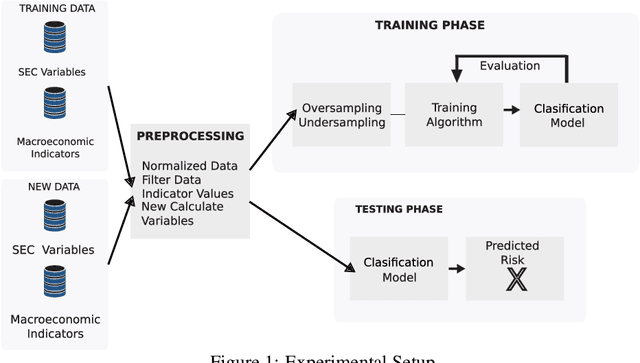
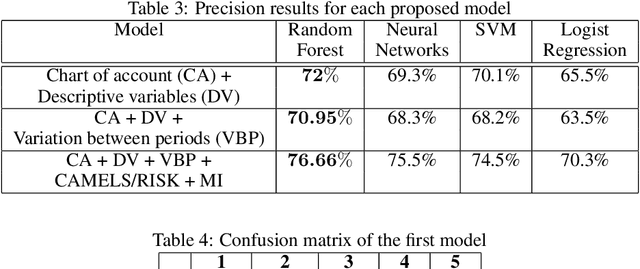
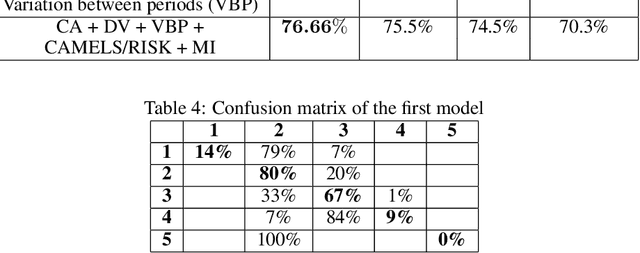
Abstract:Governments have to supervise and inspect social economy enterprises (SEEs). However, inspecting all SEEs is not possible due to the large number of SEEs and the low number of inspectors in general. We proposed a prediction model based on a machine learning approach. The method was trained with the random forest algorithm with historical data provided by each SEE. Three consecutive periods of data were concatenated. The proposed method uses these periods as input data and predicts the risk of each SEE in the fourth period. The model achieved 76\% overall accuracy. In addition, it obtained good accuracy in predicting the high risk of a SEE. We found that the legal nature and the variation of the past-due portfolio are good predictors of the future risk of a SEE. Thus, the risk of a SEE in a future period can be predicted by a supervised machine learning method. Predicting the high risk of a SEE improves the daily work of each inspector by focusing only on high-risk SEEs.
From None to Severe: Predicting Severity in Movie Scripts
Oct 03, 2021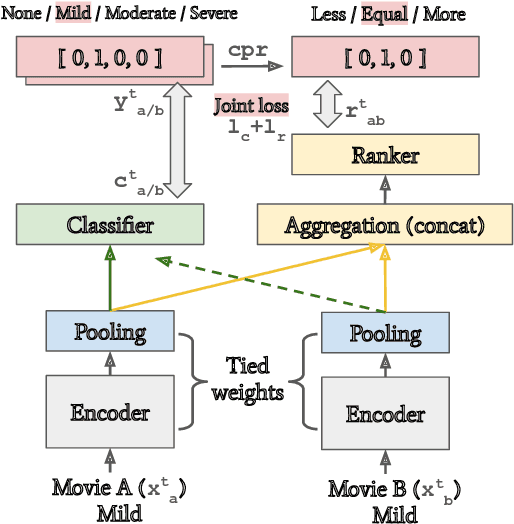



Abstract:In this paper, we introduce the task of predicting severity of age-restricted aspects of movie content based solely on the dialogue script. We first investigate categorizing the ordinal severity of movies on 5 aspects: Sex, Violence, Profanity, Substance consumption, and Frightening scenes. The problem is handled using a siamese network-based multitask framework which concurrently improves the interpretability of the predictions. The experimental results show that our method outperforms the previous state-of-the-art model and provides useful information to interpret model predictions. The proposed dataset and source code are publicly available at our GitHub repository.
Assessment of algorithms for mitosis detection in breast cancer histopathology images
Nov 21, 2014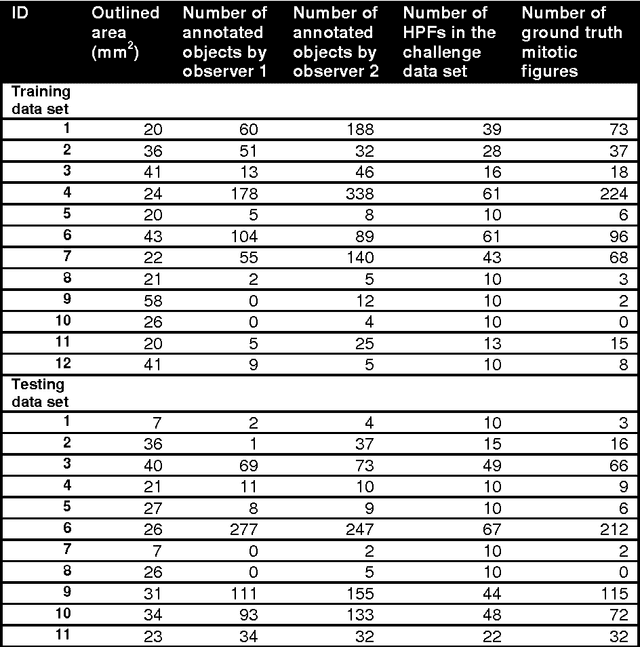
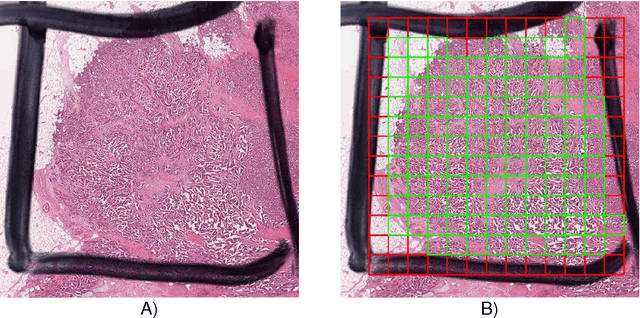
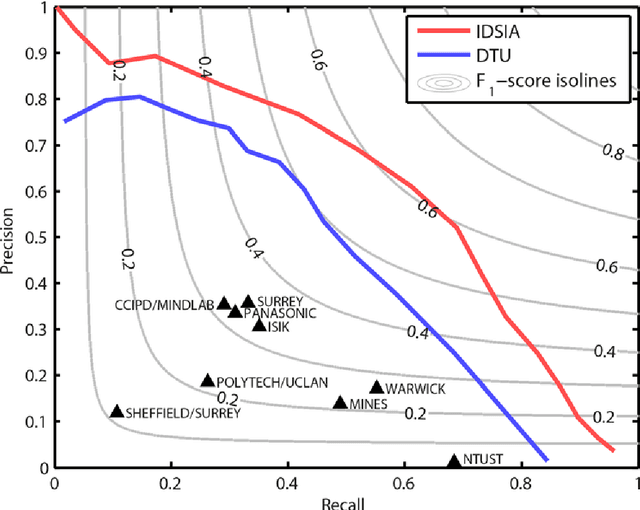
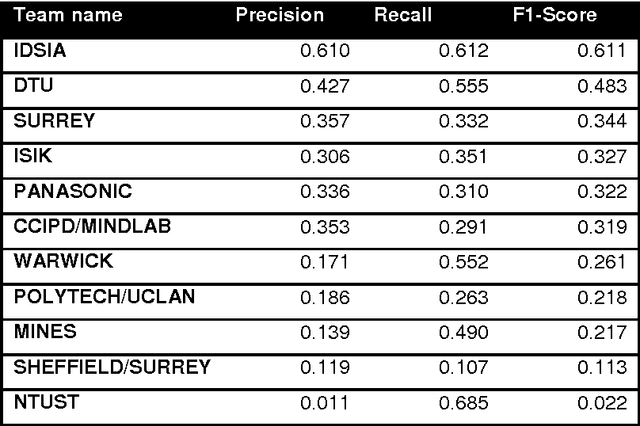
Abstract:The proliferative activity of breast tumors, which is routinely estimated by counting of mitotic figures in hematoxylin and eosin stained histology sections, is considered to be one of the most important prognostic markers. However, mitosis counting is laborious, subjective and may suffer from low inter-observer agreement. With the wider acceptance of whole slide images in pathology labs, automatic image analysis has been proposed as a potential solution for these issues. In this paper, the results from the Assessment of Mitosis Detection Algorithms 2013 (AMIDA13) challenge are described. The challenge was based on a data set consisting of 12 training and 11 testing subjects, with more than one thousand annotated mitotic figures by multiple observers. Short descriptions and results from the evaluation of eleven methods are presented. The top performing method has an error rate that is comparable to the inter-observer agreement among pathologists.
 Add to Chrome
Add to Chrome Add to Firefox
Add to Firefox Add to Edge
Add to Edge